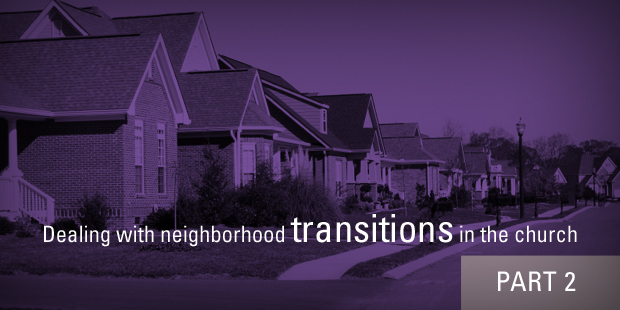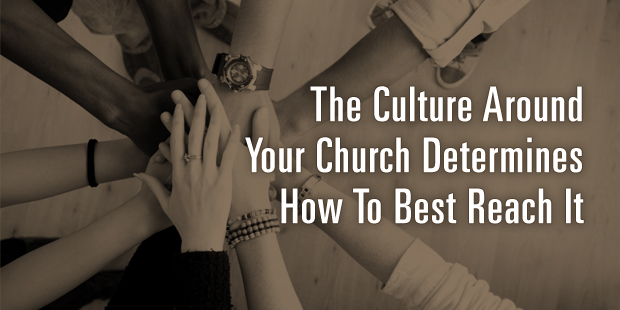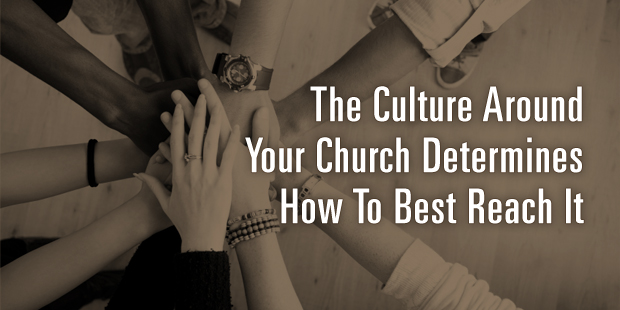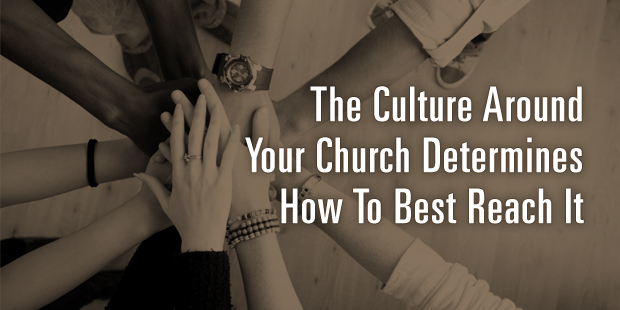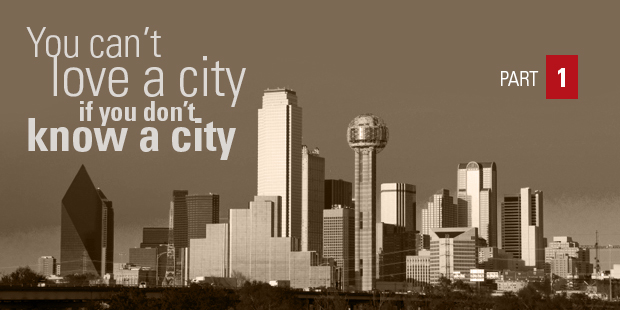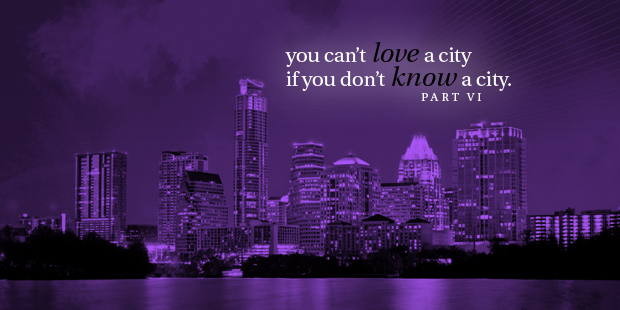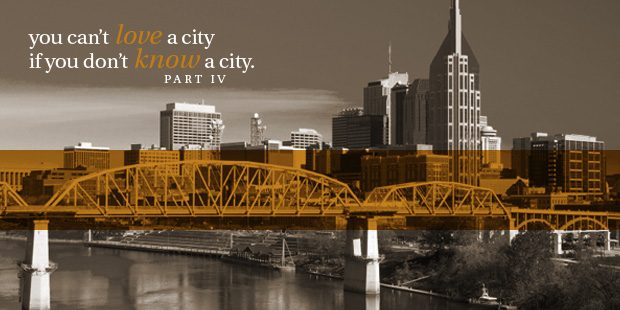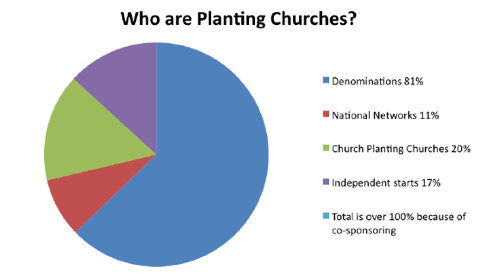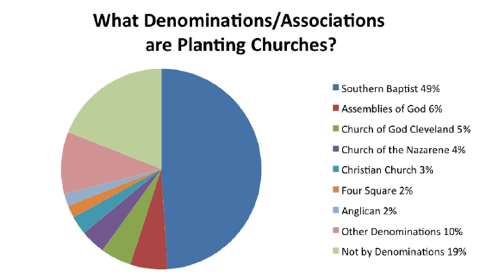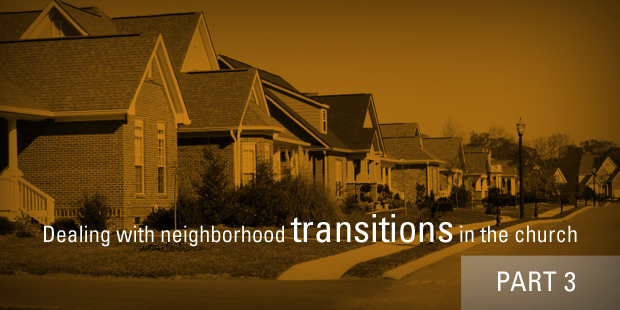
Dealing with Neighborhood Transitions in Your Church, Part 3
Over the past few weeks, I’ve been discussing neighborhood transitions and what to do when a church and its community no longer share a socio-economic or ethnic makeup. Last week we looked at relocation as an option. While I do not think this is the best answer, it’s quite possibly the most frequent for churches. If you are going to do it, I suggested a few things to consider.
This week, we turn our attention to the hard work and commitment required to create a multicultural church. That, I think, is a better course of action.
While a neighborhood transition is a fantastic opportunity to create a multicultural church, most people who call for this have never actually been in, much less have successfully built, a multicultural church. Juan Sanchez has written a pair of blog posts about multicultural worship and multi-ethnic congregations here on the blog in the past few months. While his church didn’t face these exact circumstances, he provides some helpful suggestions.
First, we must understand that a multicultural church is a lot more than simply getting someone who is African-American by background, Latino by background and Asian by background and proudly saying, “We’re multicultural.”
If all those people live in the same geographic area, listen to the same music, and go to the same movie theaters and restaurants, they do not reflect true multiculturalism– where there is intentional embrace of cultures, not just the presence of people who come from certain ethnic backgrounds. More accurately, such churches reflect a mono-culture with different racial and ethnic backgrounds represented. This is not to belittle this development. I praise God for the development of churches containing multiple races and ethnicities.
However, to be truly multicultural, however, takes a lot more work. Now, I should not say that I am the expert on the subject– others have written more articulately on the subject. However, what I’ve learned personally was from a planting a multicultural church among the urban poor in the inner city of Buffalo, New York.
We learned a few things there, but a subsequent study illustrated more.
Here are a few things to consider (which I will flesh out later) on the transition:
1. A church needs a vision for a multicultural future— a passion to reflect the Kingdom in this way.
2. Leadership needs to embrace and model the change— including creating a multicultural leadership team.
3. Churches need to prepare for the challenges, conflicts, and opportunities that such transitions provide.
A multicultural church is more work than you think– everyone likes the hypothetical idea and complains about the lack of multiculturalism in the church, but are often not willing to make the transitions and pay the price needed.
We’ll talk more about them in the next post.
Read Part 2 of the series here; read Part 4 here.
Read more from Ed here.

Tags: Ed Stetzer, Local Predicament, Multicultural, Recasting Vision














